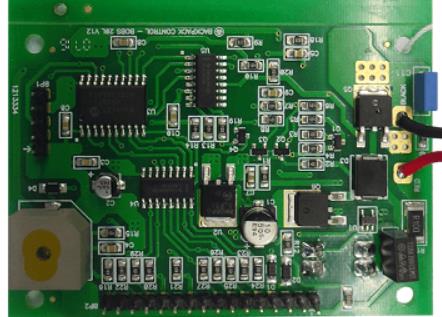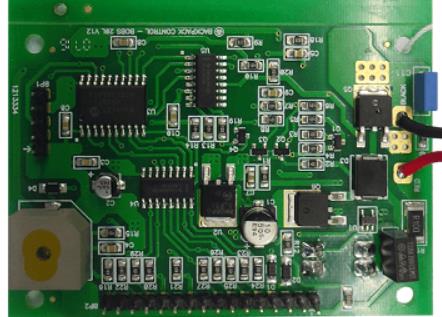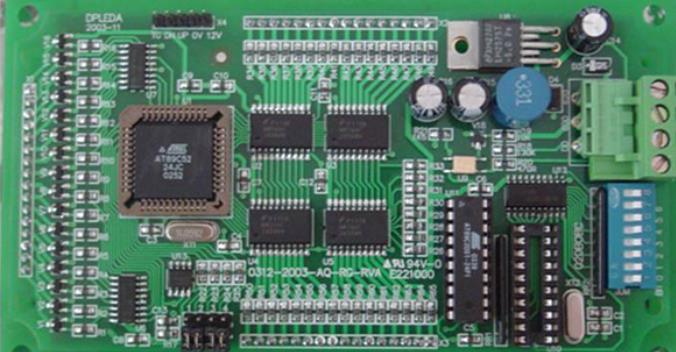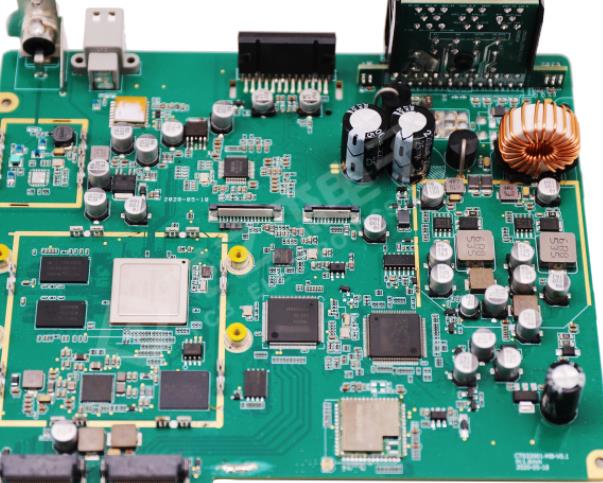
ClassifICation of surface mount welding cavities and welding materials
The cause and control method of hole formation in concrete SMT welding
In SMT chip processing, welding is a highly demanding process, which is prone to various SMAll problems. If not properly solved, the product quality will also be affected. Take welding porosity as an example. This is a problem related to welded joints. The existence of porosity will affect the mechanical properties of welded joints. This is because the growth of pores will evolve into large cracks, add the burden of solder, and damage the joint. Strength, ductility and service life. So, what is the reason for the formation of porosity in surface mount welding? How to control reduction? The following is an introduction to you.
Reasons for forming air holes in SMT repair welding:
In the welding process, the formation mechanism of porosity is more complex. In general, porosity is caused by degassing of the flux entrained in the solder in the sandwich structure during reflow (2., 13). The formation of porosity mainly depends on the solderability of the metallized area, and changes with the decrease of flux activity, the increase of powder metal load and the increase of coverage area under the lead joint. Reducing the size of solder particles can only increase a certain extent. pore.
In addition, the formation of porosity is also related to the time distribution between the coalescence of solder powder and the elimination of fixed metal oxides.

The earlier the solder paste coalesces, the more voids will be formed In addition, the shrinkage of solder during solidification, the stratification of exhaust gas and the entrained flux are also the causes of porosity when welding electroplated through-hole
2. Methods for controlling pore formation in SMT patch:
1. Use flux with high activity;
2. Improve the solderability of components or PCB;
3. Reduce the formation of powder oxides in solder;
4. Use inert heating atmOSPhere;
5. Reduce the preheating of reflow leads.
Classification characteristics of welding materials in SMT chip processing
Solders in SMT wafer processing can be divided into tin lead solder, silver solder and copper solder according to their composition. According to the ambient humidity, it can be divided into high-temperature solder (solder used at high temperature) and low-temperature solder (solder used at low temperature). In order to ensure the welding quality during the chip processing, it is important to select different solder according to the object to be welded. In the assembly of electronic products, tin lead series solder, also known as solder, is usually used.
Tin has the following characteristics:
1. Good conductivity: because tin and lead solder are good conductors, their resistance is very small
2. It has strong adhesion with component leads and other wires and is not easy to fall off.
3. Low melting point: it can be melted at 180 ℃, and can be welded with 25W external heating or 20W internal heating electric soldering iron.
4. It has a certain mechanical strength: because the strength of tin lead alloy is higher than that of pure tin and pure lead. In addition, due to the light weight of electronIC components, the strength requirements of solder joints in SMT patches are not very high, which can meet the strength requirements of solder joints.
5. Good corrosion resistance: The welded PCB can resist atmospheric corrosion without any protective layer, thus reducing the process flow and cost.
In tin lead solder, solder with a melting point lower than 450 ° C is calLED soft solder. Antioxidant solder is used in automatic production lines in industrial production, such as wave soldering. When this liquid solder is exposed to the atmosphere, it is very easy to oxidize, which will lead to false welding, thus affecting the welding quality. In this case, adding a small amount of active metal to tin lead solder can form a coating to protect the solder from further oxidation, thus improving the welding quality.
Because tin lead solder is composed of two or more metals with different proportions. In this case, the efficiency of tin lead alloy will change with the change of tin lead ratio. Due to different manufacturers, the proportion of tin lead solder is very different. In order to make the solder ratio meet the needs of welding, it is very important to choose the appropriate tin lead solder ratio.
Common solder matching is as follows:
1. Tin 60%, lead 40%, melting point 182 ℃;
2. Tin 50%, lead 32%, CADmium 18%, melting point 150 ℃;
Tin 55%, lead 42%, bismuth 23%, melting point 150 ℃.
There are several shapes of PCB solder, such as wafer, tape, ball, and solder wire The commonly used welding wire contains solid flux rosin inside There are many types of welding wire diameters, commonly 4mm, 3mm, 2mm, 1.5mm, etc
The above is the explanation given by the editor of pcb circuit board company.
If you want to know more about PCBA, you can go to our company's home page to learn about it.
In addition, our company also sells various circuit boards,
High Frequency Circuit Board and SMT chip are waiting for your presence again.









